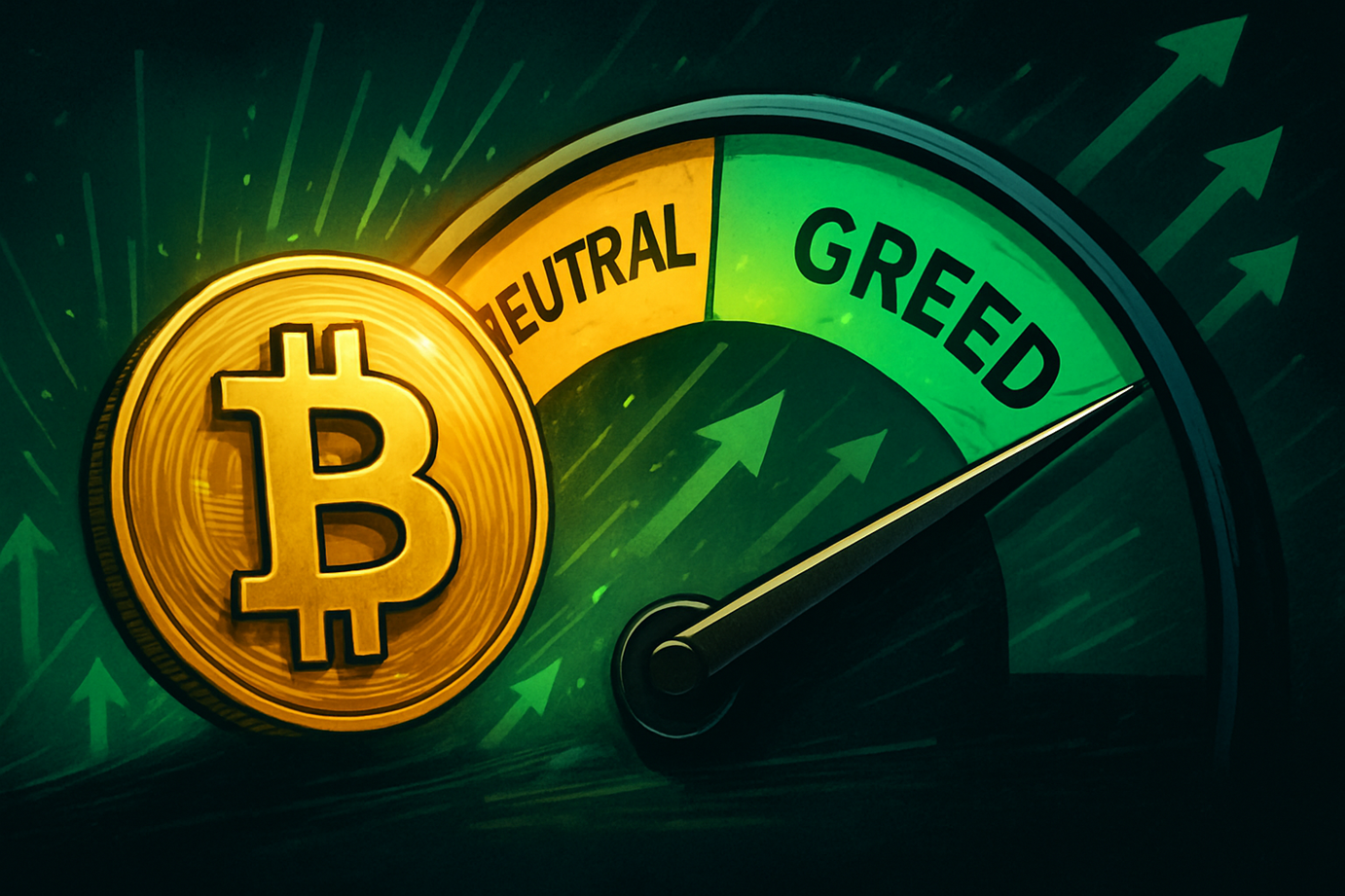Solo miners have been defying the chances, efficiently claiming full Bitcoin block rewards even because the community hashrate hovers close to all-time highs.
As of this writing, the Bitcoin (BTC) community’s hashrate is hovering round 902 exahashes per second (EH/s), just under its all-time peak, in accordance to Blockchain.com. The determine exhibits rising competitors and better issue, suggesting that single miners face steep odds to win a block.
However, final week, a solo miner defied these odds, securing block 907,283 by way of the Solo CK pool and incomes the total 3.125 BTC reward, price over $372,000 on the time. The miner additionally obtained a further $3,436 in transaction charges.
That win wasn’t an remoted occasion. Earlier in July, one other miner with simply 2.3 petahashes of energy claimed a full block reward, whereas comparable wins had been recorded in June, March and again in February.
“We’re seeing solo miners win blocks not due to luck, however as a result of they’re operating highly effective, environment friendly {hardware},” Samuel Li, chief know-how officer of ASICKey, instructed Cointelegraph. He added that trendy miners are constructed to ship “critical hashrate” with out the huge energy draw of conventional setups.
Related: Solo Bitcoin miner scores $373,000 block reward
Efficiency in focus
For solo miners, effectivity is the whole lot, Li mentioned. “Take our KEYMINER A1—it attracts simply 650 watts however delivers 1,100 TH/s on Bitcoin, with month-to-month earnings round $1,200. For these diversifying into altcoins, it might earn as much as $3,800 per 30 days mining Dash,” he famous.
The KEYMINER A1 is a part of ASICKey’s {hardware} line launched final November, which additionally consists of the KEYMINER X and KEYMINER PRO.
According to the corporate, the KEYMINER X delivers 2,300 terahash per second (TH/s) at 1,300 watts, whereas the PRO mannequin gives as much as 5,800 TH/s at 2,800 watts. Under present market circumstances, the corporate estimates month-to-month returns of as much as $6,300 for the PRO.
However, regardless of the enhancements in application-specific built-in circuit (ASIC) effectivity, the “elementary odds [of solo miners winning] haven’t shifted a lot,” Li mentioned.
“Solo mining remains to be principally a lottery, except you management tens of PH/s, which is realistically the naked minimal for having a measurable statistical shot at success inside an inexpensive time-frame,” he added.
Li defined that at as we speak’s Bitcoin community hashrate, a miner with one petahash (PH/s) of hashpower has a few 1 in 650,000 probability of fixing a block each 10 minutes. One peta hash (PH/s) is equal to 1,000 terra hashes (TH/s).
Why are miners going solo?
Li confirmed that there was a “modest resurgence” of curiosity in solo mining, however for various causes. “Some miners are selecting it not for predictable earnings, however for the opportunity of a giant reward—6.25 BTC plus charges—which could be transformative if received,” he famous.
While financial incentives play a key position, some are pushed by ideological motives, valuing community decentralization and the power to function independently of centralized mining swimming pools.
According to information from Hashrate Index, US-based mining pool Foundry USA continues to dominate Bitcoin mining, commanding 29.3% of the whole hashrate. AntPool follows with 16.2%, whereas ViaBTC and F2Pool maintain 12.0% and 11.6% respectively.
If a single pool (or a couple of swimming pools appearing collectively) management greater than 50% of the hashrate, they might theoretically launch a 51% assault, which might enable them to double-spend cash. While uncommon and dear, such an occasion would erode belief within the community.
“Ultimately, extra solo miners—particularly these working on clear vitality and environment friendly {hardware}—may signify a more healthy, extra decentralized Bitcoin community, which is aligned with the unique imaginative and prescient of permissionless participation,” Li concluded.
Magazine: AI could already use extra energy than Bitcoin — and it threatens Bitcoin mining











